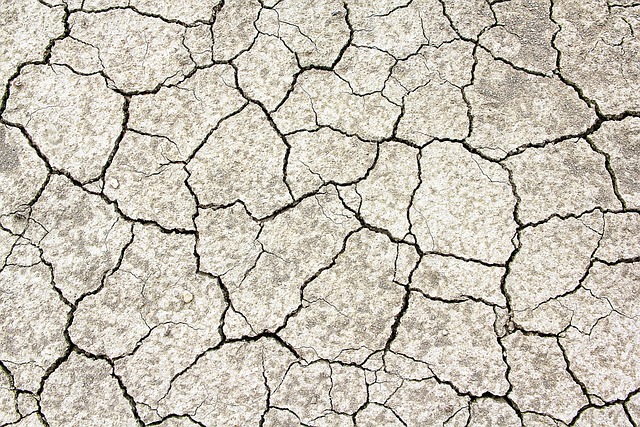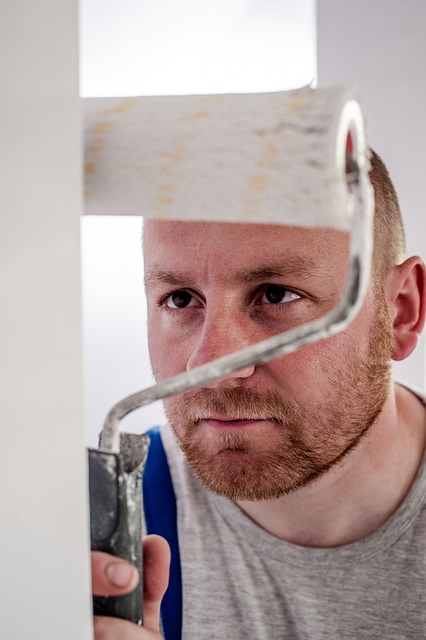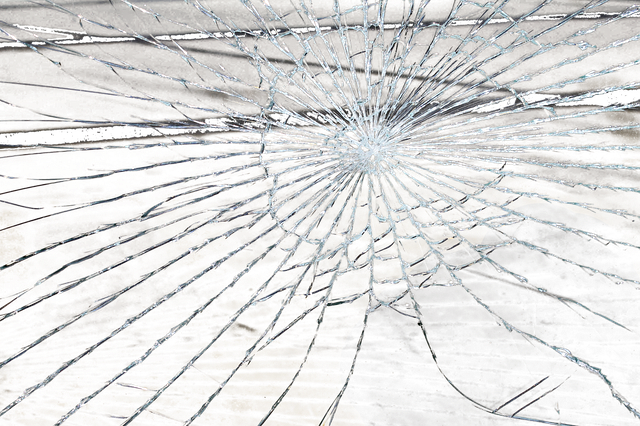Concrete slabs require regular crack repair to maintain structural integrity and aesthetic appeal due to damage from soil movement, temperature extremes, or construction flaws. Conduct a thorough inspection to assess crack severity, guiding selection of repair methods like epoxy injection or urethane sealers. Proper maintenance, including crack repair, sealing, and cleaning, extends the life of concrete slabs while enhancing durability and preventing environmental degradation.
Concrete slabs, once sturdy foundations of structures, can suffer damage over time due to various environmental factors. This article guides you through the process of concrete slab restoration, focusing on crack repair as a key component. We’ll explore common causes of cracks, assess repair needs, delve into effective techniques, and choose suitable materials. Additionally, learn a step-by-step approach to restoration and essential maintenance tips to ensure your concrete slabs remain robust for years to come, addressing crucial aspects of crack repair.
Understanding Concrete Slab Damage: Common Causes of Cracks

Concrete slabs, despite their durability, are susceptible to damage over time, leading to cracks that can compromise structural integrity and aesthetics. Understanding common causes of these cracks is crucial for effective crack repair. One of the primary factors contributing to slab damage is movement and shifting of the underlying soil. Expansive soils, which contract and expand with moisture fluctuations, exert pressure on concrete, causing it to fracture. Similarly, contraction due to drying can result in hairline cracks.
Another significant cause is settling, where the concrete slab adjusts to its load-bearing capacity over time. This process often leads to cracks at joints or edges, particularly in older structures. Extreme temperatures and associated thermal expansion and contraction cycles also play a role, especially in regions with significant seasonal temperature variations. Moreover, structural failures due to inadequate foundation support or improper construction can result in large, visible cracks, demanding prompt crack repair for both functional and cosmetic reasons.
Assess the Extent of Crack Repair Needed

Before diving into the crack repair process, it’s crucial to assess the extent of damage and the number of cracks that need attention. This initial evaluation is a critical step in Concrete Slab Restoration as it determines the appropriate repair methods and materials required. Inspect the slab thoroughly, noting the size, depth, and pattern of each crack.
Minor cracks, often superficial and less than 1/4-inch wide, may only need sealing or filling with a structural crack repair compound. Wider or deeper cracks, especially those that run diagonally or in multiple directions, might indicate more severe structural issues and will likely require more extensive repair techniques such as carbon fiber reinforcement or even replacement sections of the concrete slab.
Techniques for Effective Concrete Crack Repair

Concrete cracks can be both aesthetically and structurally concerning. To effectively address them, professional restoration techniques are essential. One common approach is epoxy injection, where a specially formulated epoxy resin is injected into the crack to fill and strengthen it from within. This method not only stops further damage but also improves the overall integrity of the concrete slab.
Another effective technique involves using urethane-based sealers, which create a protective barrier against moisture and chemicals that could exacerbate cracking. These sealers can also enhance the visual appeal of the concrete by restoring its natural sheen. Regular maintenance and early intervention are key to preventing crack repair from becoming a recurring issue, ensuring the longevity of concrete structures.
Choosing the Right Materials for Concrete Restoration

When undertaking concrete slab restoration, selecting the appropriate materials is paramount for achieving long-lasting and aesthetically pleasing results. The first step involves understanding the extent of damage—whether it’s a simple crack repair or a more extensive renovation. For minor cracks, a high-quality epoxy injection system is ideal as it fills and strengthens the weak points, preventing further deterioration. These advanced sealants offer excellent bond strength and resistance to environmental factors.
For more significant repairs or when looking to transform the concrete’s appearance, a range of options are available. Choosing between different types of overlay materials, such as polymeric urethanes or cement-based products, depends on desired aesthetics and durability. These overlays can completely transform the slab, covering imperfections while offering enhanced slip resistance and chemical protection. Remember, the key to successful crack repair and restoration lies in matching the right material to the specific needs of each concrete surface.
Step-by-Step Guide to Restoring a Damaged Concrete Slab

Restoring a damaged concrete slab involves several crucial steps, starting with crack repair. First, assess the extent of damage and determine the type of cracks present. Next, clean the surface thoroughly to remove any loose debris or dirt using a pressure washer. This step ensures proper adhesion for the upcoming repairs.
Once cleaned, patch smaller cracks using a concrete patching compound suitable for your slab’s age and condition. For larger cracks, consider a more robust solution like epoxy injection. After allowing the patches to cure, apply a thin layer of sealers or coatings to protect against moisture intrusion and further damage. Regular maintenance, including sealing and cleaning, can extend the lifespan of your restored concrete slab.
Maintenance and Prevention Tips for Longevity

Regular maintenance is key to ensuring your concrete slab remains in optimal condition for years to come. One of the most important preventative measures is regular inspection, allowing you to identify any potential issues early on, such as cracks or signs of wear and tear. Prompt crack repair is crucial; even small cracks can widen over time, leading to more extensive damage.
Simple care practices like avoiding heavy traffic in high-use areas, sealing the surface to protect against moisture, and applying a protective coating can significantly prolong the life of your concrete slab. Regular cleaning and sealing will not only enhance the aesthetics but also create a barrier against elements that could cause deterioration, making it easier to maintain over time.
